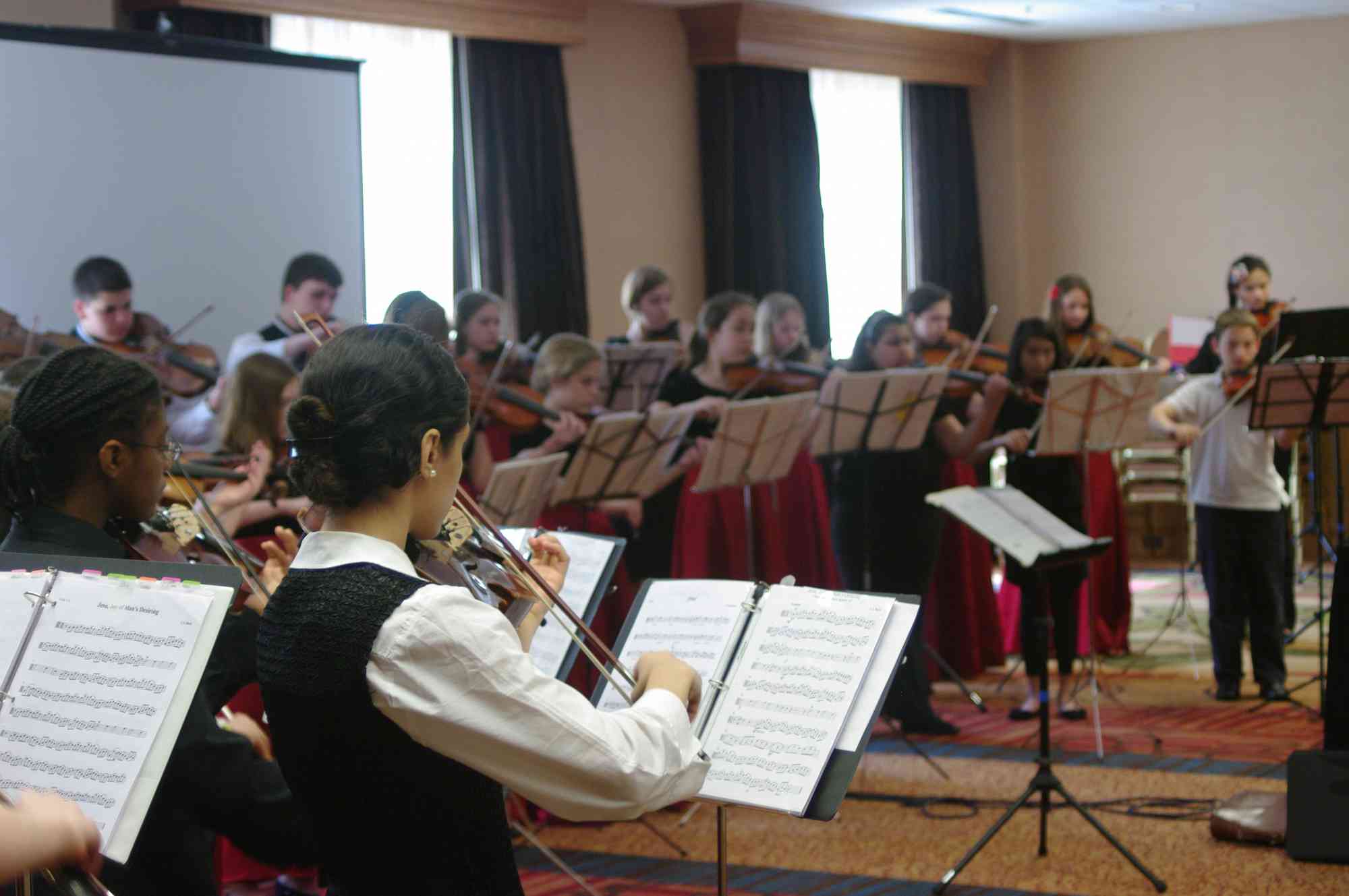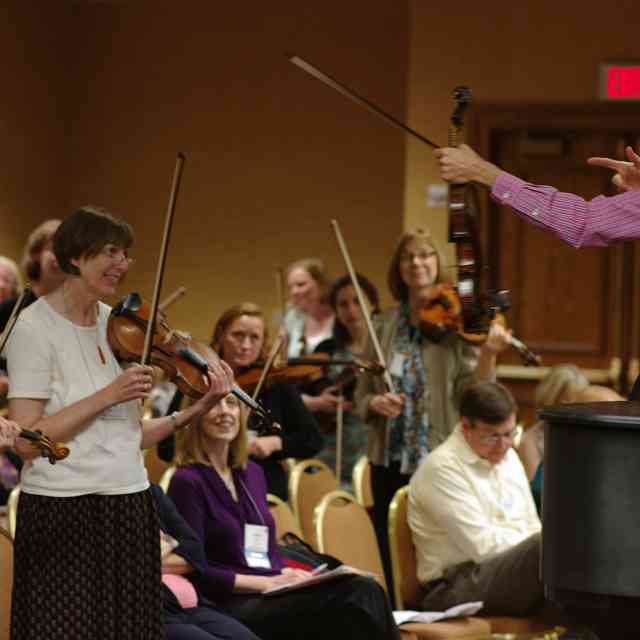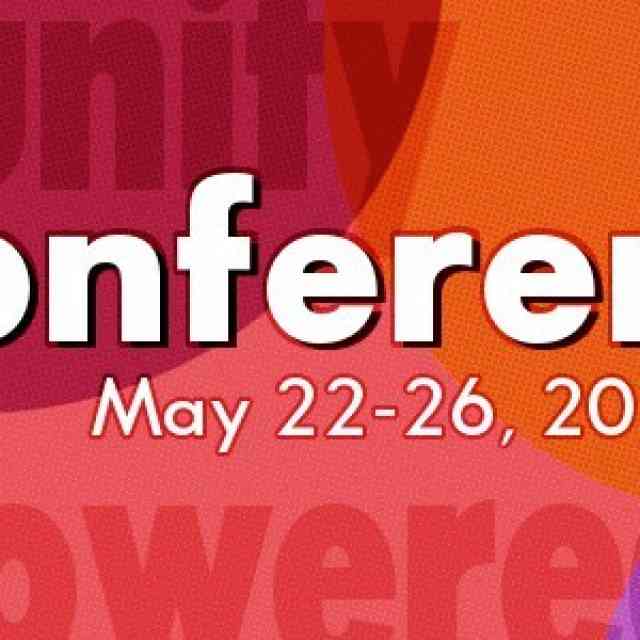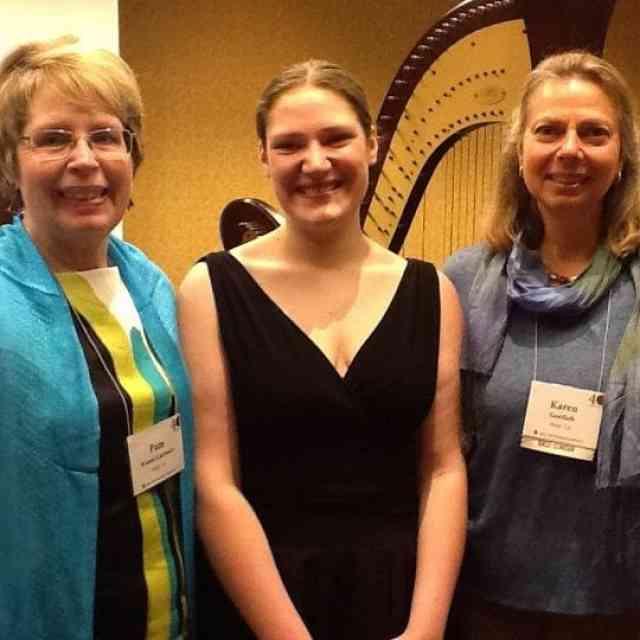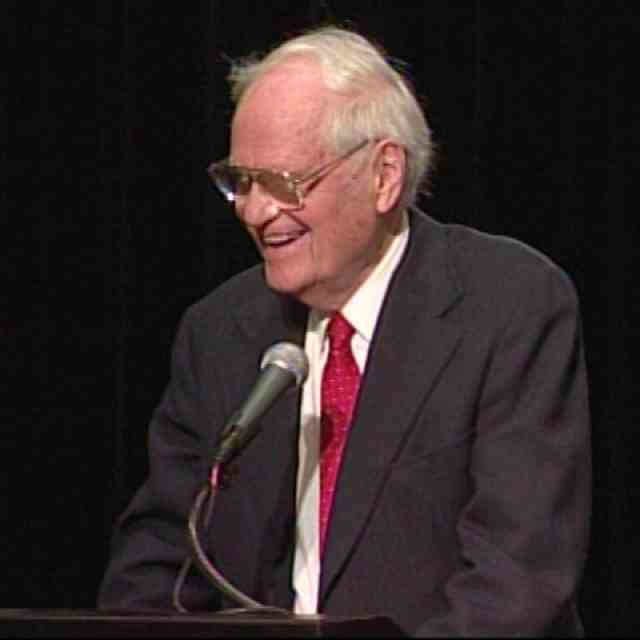At this historical conference celebrating the 40th anniversary of the SAA, the viola sessions were right in keeping with the spirit of celebration. From those focusing on Bach to the traditional viola reading session, we were honoring the past while looking toward the future.
The Bach master class with Kirsten Docter kicked off the viola events of the 2012 conference weekend. Two students presented movements from J.S. Bach cello Suite No. 1 in G Major. Sofia Gilchenok (CT) performed the Prelude and Eva Michelle Penner (ON) the Gigue. Ms. Docter’s positive and fun attitude seemed to place the students at ease and her imaginative approaches connected well with them. There was a nice interplay between the audience and Ms. Docter during the discussion portion of the event. Her inviting manner made people feel comfortable to give their opinion and chime in with pertinent information. Editions of the Suites were discussed as well as preferred recordings and differences in tempi.
The following morning, the viola master class was also taught by Ms. Docter and accompanied by the inimitable Linda Perry. Elizabeth Vennari (NY) was very flexible as she and Ms. Docter experimented with different bow arm methods to produce the desired sound in her Vaughn Williams Prelude. It was fascinating how Ms. Docter had Elizabeth play a silent vibrato and imagine how it would need to be to fit the mood of the piece before adding the bow. With Annie Hu (IL) performing the Stamitz Concerto, Ms. Docter worked on amplifying what she was doing in regards to dynamics and mood and how that would affect the enterplay with the orchestra. Abby Elder (MI) received some very creative imagery to help open her posture and produce more sound for projecting her Walton Concerto over an orchestra. From the idea of wearing a backpack to having a small dog nestled in the crook of her bow arm and across her chest, the results were palpable. Having Ms. Docter as the viola master class clinician this conference was most enjoyable.
“Two Violas are Better Than One” continued the viola area tradition of reading ensemble pieces en masse. Dee Martz gave a brief introduction of how a Mazas duet assigned to her by an inspirational school music teacher changed her musical life. There were more than twenty violists present with violas in hand and quite a few more attendees who just enjoyed listening. We read duets from a variety of sources in different levels and styles. We experienced how Twinklers could be included playing open strings as a duet with Old Joe Clark. In addition to suggestions during the session of multi-level duets and ways to alter others, she provided a two-page handout of viola duets.
“Wading Through the World of Viola Etudes: Why Violists Don’t Always Have to Play Etudes Originally Written for the Violin.” This session was filled with playing opportunities and an invaluable list of conventional as well as alternative etudes compiled by Sharon Chung. We are indebted to her for her thorough work in researching and collecting these etudes either written specifically for the viola or that sound and lay well on the instrument. Her preference is to use etudes for sight reading and technique development, not to be perfected, but played without stopping and possibly with phrasing. She believes even etudes can be played with joy and beauty.
“Viola for Violinists” was presented by David Levine and assisted by one of his students from the Buffalo Suzuki Strings program. His experience teaching just such a class at the Ithaca institute gave him a wealth of experience upon which to draw. He divided his talk into three areas: tone, clef, and inspiration. First he gets the students to enjoy the rich, dark sound of the viola by playing known Suzuki pieces by ear in the viola key. Since the students must already be note readers with rhythmic knowledge, he next focuses on introducing the alto clef. No “cheat” reading is allowed! Only note name recognition using graded examples is permitted. With a well-thought-out, step-by-step sequence, they progress quickly. By the end of the week, they are hopefully comfortable reading alto clef. Lastly, David related how he wants to inspire the students. It comes partly from their newfound success at reading alto clef, but also from performing at the institute with other violists and participating in the purple ribbon ceremony. Now, who could resist the dark, rich, royal sound of the viola?
“Bach Arranged and Rearranged” was an inspiring final presentation in a diverse series of viola sessions at the 15th biennial conference. Approximately forty students from four different programs across the country combined to perform an impressive program of viola ensemble music. All pieces were by Bach in their original form or arranged to accommodate multiple parts and the range of the instrument. The quality of playing of the students, thoughtful selection of repertoire, and careful preparation of the students by Lisa Hirschmugl and friends was evident. She received assistance from Margaret Haviland, Linda Trygstad, Sarah Bylander Montzka and Emily Puntuzs. Pieces performed included a concerto for violin and viola reconstructed by Frank Bridge, a Bach chorale arranged by Betsy Stuen-Walker, and a gamba sonata arranged for two flutes and rearranged for two viola by Lisa Hirschmugl.
A big thank you goes out to all presenters, hosts, attendees, and the assistant viola coordinator, Sarah Bylander Montzka, for making the viola portion of the conference a smashing success. See you 2014!
